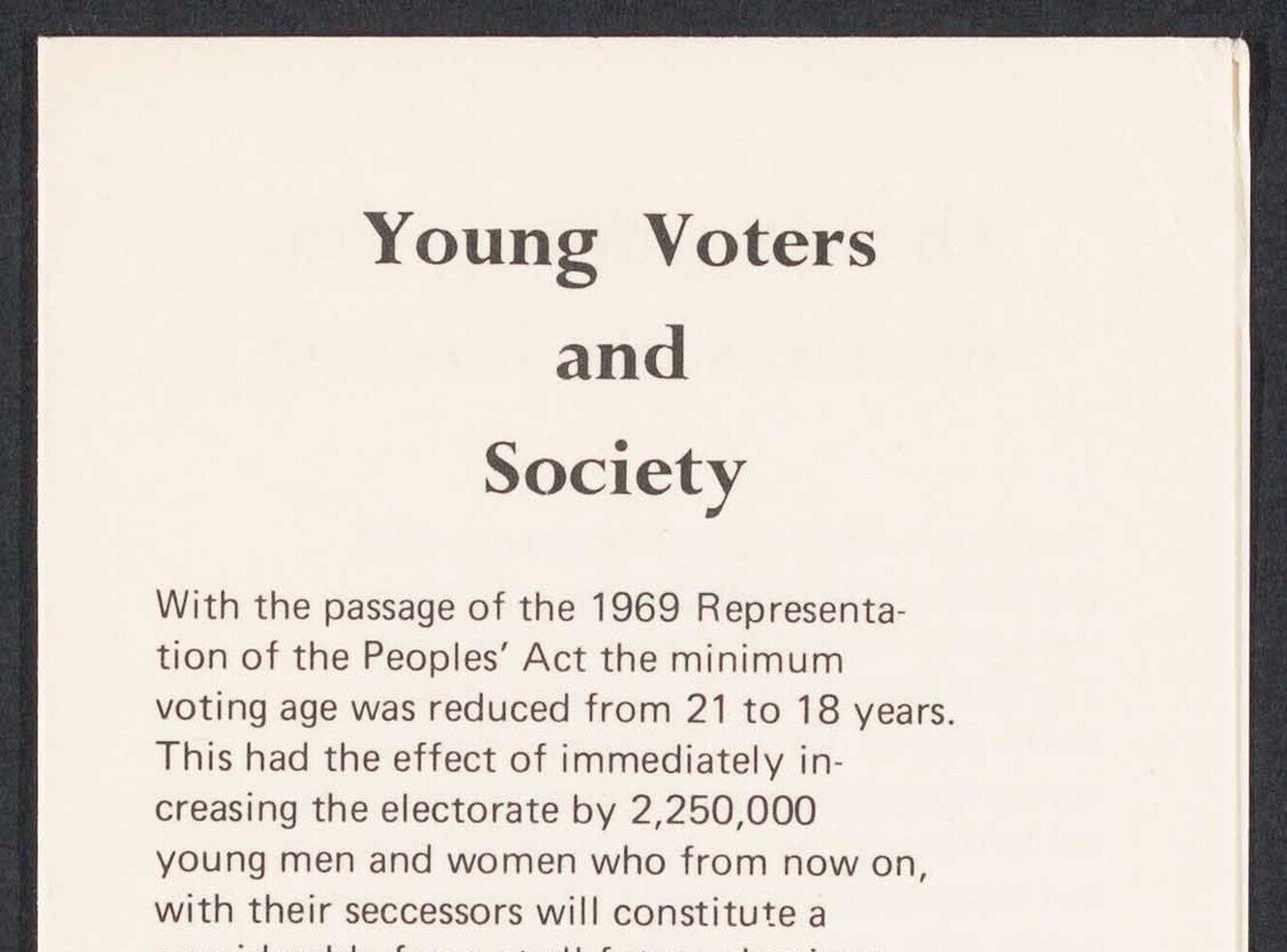Embedding accessibility into digital collections: Why accessibility matters
In the first of a two-part blog, Helen Duriez, Head of Product at AM, considers what accessibility means to us as a digital publisher and creator of Quartex, and reveals how we hold ourselves to account when it comes to meeting our customers' requirements.
What does it take to make digital content accessible? This is a question many of us working with primary sources often ask ourselves and, like many others in our field, our perspective at AM has evolved and become more nuanced over time.
Accessibility is about more than compliance with an agreed standard; it’s about enabling all users to have an exceptional experience, regardless of how they choose to interact with a website or app. For AM Quartex, we are now adopting inclusive design principles to inform the development choices we make.
Inclusive design encourages us to think about our users’ needs at the very start of our development process, rather than as a box to tick when a new feature is built. Our approach enables us to imagine and empathise with perspectives from a variety of users interacting with Quartex websites.

So, if an undergraduate student is watching recordings on the Bay Area TV Archive in a cafe, and has forgotten their headphones, they should still be able to read transcripts and closed captions to understand what they’re watching.
Or if a post-doctoral researcher has broken their wrist, they can still use keyboard controls to navigate AM’s Mass Observation Project to explore content on their current research topic.
Or if a member of the Harris County, TX, community has a condition which has left them with deteriorated eyesight, they are able to use screen reader technology on Harris County Public Library’s digital archive to explore their personal connection to the area.
Our customers, quite rightly, hold us to account when it comes to accessibility standards, and we devote a lot of time to making sure we can give libraries and archives the tools to create websites that adhere to WCAG guidelines. Tools such as Alt Text fields for every image, and the flexibility to pick site colours that provide an appropriate colour contrast, are key.
As we’ve grown, we’ve taken steps to educate ourselves on how best to approach designing for and implementing accessibility. We’ve been on training courses, read books, hired team members who are passionate about inclusive design principles, and worked closely with customers who champion accessibility for their users.
In Part 2 of this blog, we’ll highlight institutions with whom we’ve worked to enhance accessibility across their digital archives, as well as an example of how collaboration with one of our solution partners has enhanced accessibility in one of our own primary source collections.
Recent posts

The blog highlights American Committee on Africa, module II's rich documentation of anti-apartheid activism, focusing on the National Peace Accord, global solidarity, and student-led divestment campaigns. It explores the pivotal role of universities, protests, and public education in pressuring institutions to divest from apartheid, shaping global attitudes toward social justice and reform.

This blog examines how primary sources can be used to trace the impact of young voices on society, particularly during pivotal voting reforms in the UK and the US. Explore materials that reveal insights into youth activism, intergenerational gaps, and societal perceptions, highlighting their interdisciplinary value for studying youth culture, activism, and girlhood across history.
